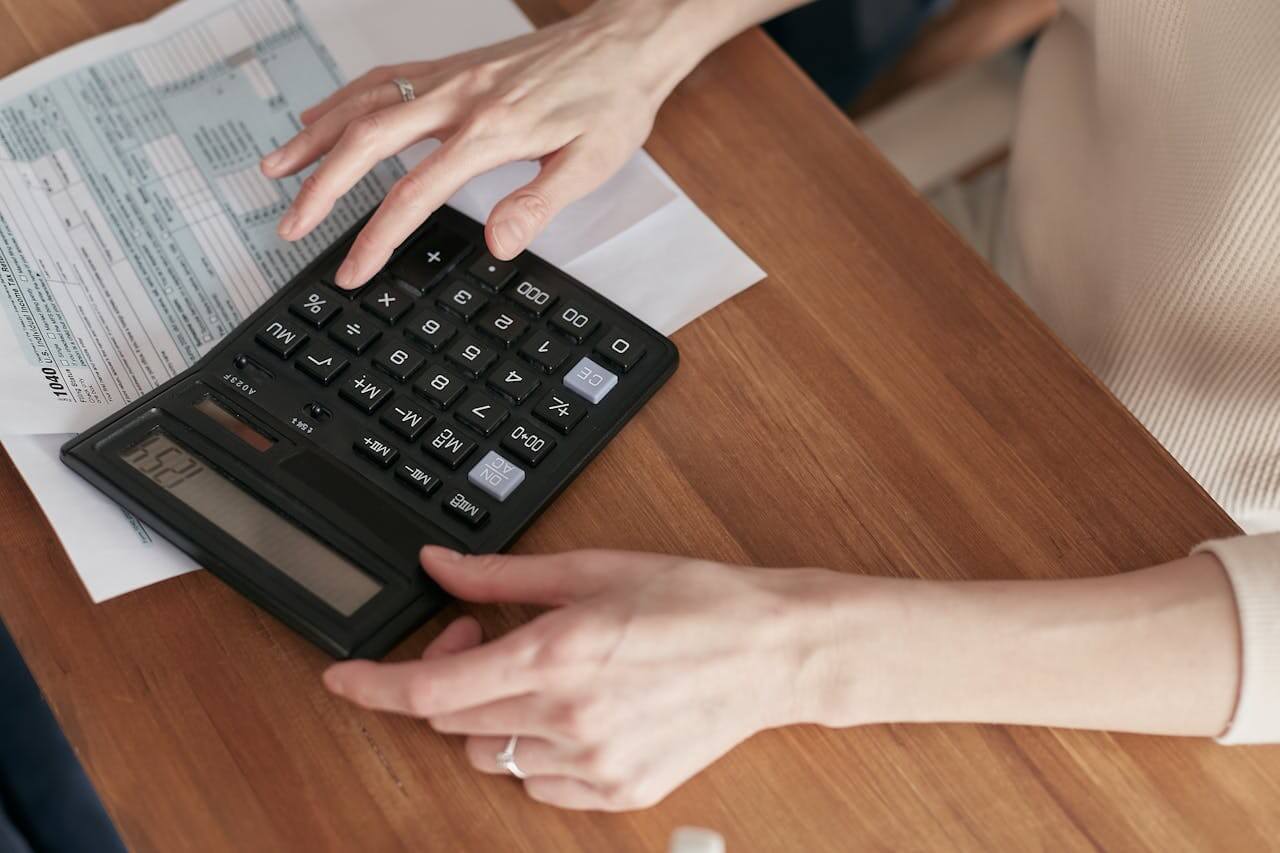Your largest upfront expense is the tiny house itself, whether you build DIY, hire a professional tiny house builder, or purchase prefab. Each approach offers different cost profiles, time commitments, and quality outcomes.
DIY Builds
DIY tiny house builds typically cost $20,000-50,000 in materials depending on size, finishes, and systems. Basic 100-150 square foot builds using reclaimed materials and simple finishes cost $20,000-30,000. Standard 200-300 square foot builds with new materials and mid-range finishes cost $35,000-50,000. Luxury DIY builds with high-end finishes, custom features, and premium systems can reach $60,000+.
Material costs include trailer or foundation ($3,000-8,000), framing lumber and sheathing ($3,000-6,000), roofing materials ($1,500-3,000), windows and doors ($2,000-5,000), insulation ($1,000-2,500), interior finishes ($3,000-8,000), electrical and plumbing systems ($3,000-7,000), appliances and fixtures ($2,000-6,000), and exterior siding ($2,000-4,000).
Beyond materials, budget for tools if you don't own them ($1,000-3,000 for essential tools, more if purchasing power tools), trailer registration and insurance during build, permit fees ($500-3,000), and utility costs during construction. Most importantly, factor the opportunity cost of your time. DIY builds require 500-2,000 hours depending on your experience and tiny house complexity.
DIY building saves money but requires construction skills, time availability, tool access, and problem-solving abilities. Mistakes can be costly to fix. For buyers without construction experience, professional builds often provide better value despite higher upfront costs through warranties, code compliance, certification for financing, and faster completion.
Professional Builds
Professional tiny house builders charge $50,000-150,000+ for complete custom builds. Basic 100-150 square foot models with standard finishes start around $50,000-70,000. Mid-range 200-300 square foot tiny houses with quality finishes and systems cost $70,000-110,000. Luxury builds exceeding 300 square feet with high-end finishes, custom features, and premium systems reach $120,000-180,000 or more.
Per-square-foot costs for professional builds typically range $250-400, significantly higher than traditional home construction ($150-250 per square foot) due to custom work, specialized systems, and lack of economies of scale. However, total costs remain lower because you're building 100-400 square feet instead of 1,500-3,000 square feet.
Professional builds include all materials, labor, building permits, and often warranties covering workmanship and major systems for 1-2 years. Many builders offer RVIA or NOAH certification for tiny houses on wheels, enabling better insurance rates and financing options. Delivery to your site typically costs extra based on distance.
Choose reputable builders with extensive portfolios, verifiable references, clear contracts, and proper licensing and insurance. Review available tiny houses for sale to understand current market pricing and compare builder offerings. Request detailed quotes from 3-5 builders before committing to ensure competitive pricing and alignment with your vision.
Prefab and Kit Homes
Prefab tiny houses ship partially or fully assembled, while kit homes provide pre-cut materials with assembly instructions. Prefab prices range from $30,000-80,000 depending on size and finish level, typically 20-30% less than custom builds. Shell kits providing structure only cost $15,000-35,000, requiring you to finish interior work yourself.
Prefab advantages include faster delivery (6-12 weeks versus 3-6 months for custom builds), factory quality control, and predictable pricing. Disadvantages include limited customization, delivery logistics and costs ($1,000-5,000), and potential site preparation requirements. Some prefab models require foundation work or assembly by contractors, adding to total costs. Carefully review what's included and what remains your responsibility when comparing prefab options.
Cost by Size (Professional Builds, 2025)
- 100 sq ft: $50,000-65,000 ($500-650/sq ft)
- 200 sq ft: $60,000-80,000 ($300-400/sq ft)
- 300 sq ft: $75,000-105,000 ($250-350/sq ft)
- 400 sq ft: $90,000-140,000 ($225-350/sq ft)
